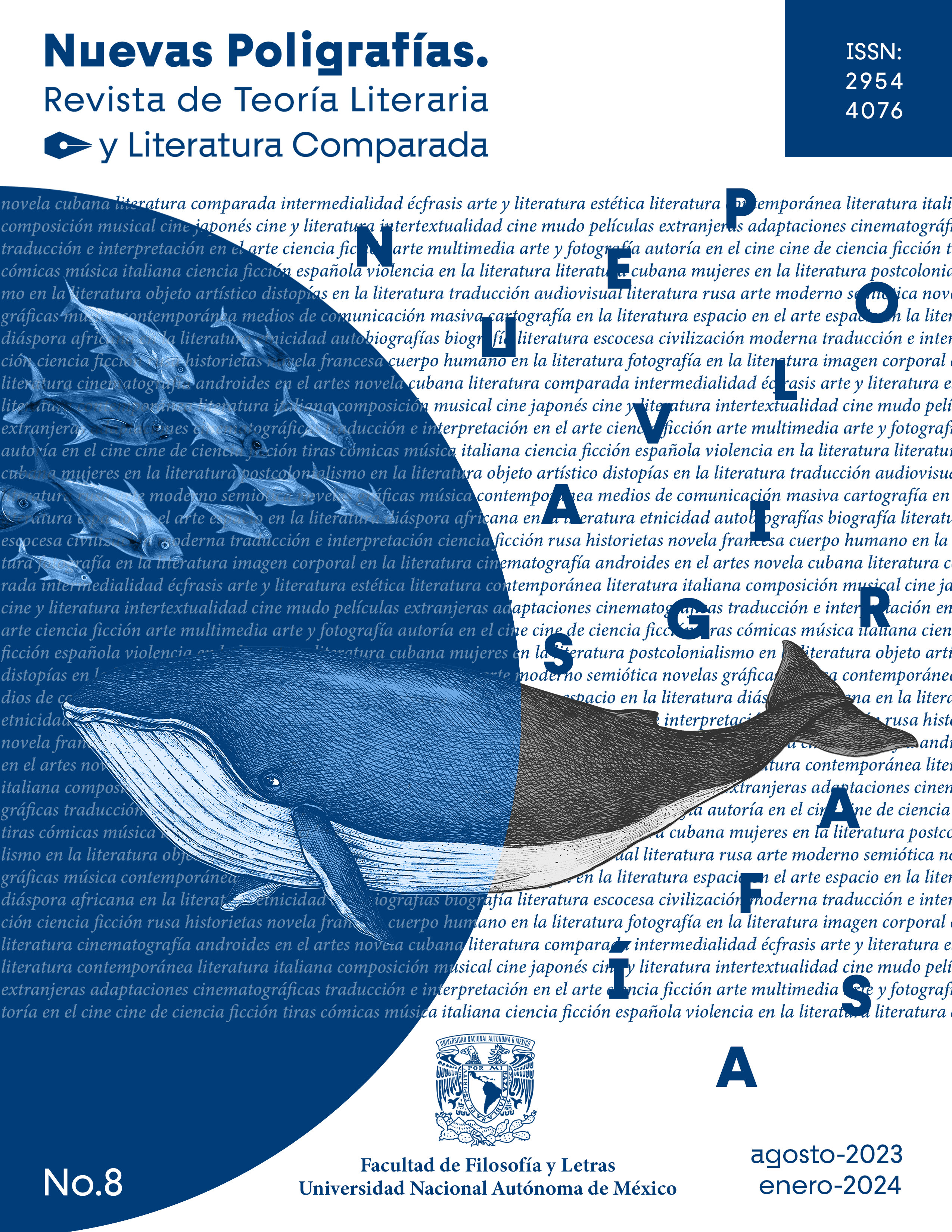Material Translation and Medial Translation: Two Fundamental Processes in the Production and Circulation of Modern and Contemporary Art
Main Article Content
Abstract
The concept of translation is at the core of the conception, production, and circulation of art. Art itself is a translation process in relation to life experience. At the root of the idea of representation is the idea of intersemiotic translation. In other words, for settling on in specific material terms an idea or a mental image that has a referent in reality, it is necessary to translate elements from one sign system into another. The idea of mimesis as a copy of reality is also strongly connected to the concept of translation, especially when we consider a certain way of conceiving translation from the ideal of fidelity to an original text. Modern and contemporary art, deeply hybrid and intermedial, have made the concept of translation itself one of their conceptual axes and one of their main production processes. Many pieces imply reflections and conceptual and material stakes around translation itself: from one language into another, from the analogic to the digital, from presence to virtuality, from one materiality to another, from one medial context to another. This paper seeks to propose the concepts of medial translation and material translation and to show some specific examples of these two fundamental processes in the production and circulation of modern and contemporary art. I will reflect on material and medial translation at its procedural phase, as a process of conceptual and material production of art, and at its phase of reproduction, as an essential part in the circulation dynamics of the works through printed and digital reproductions.
Article Details

This work is licensed under a Creative Commons Attribution-NonCommercial-NoDerivatives 4.0 International License.

